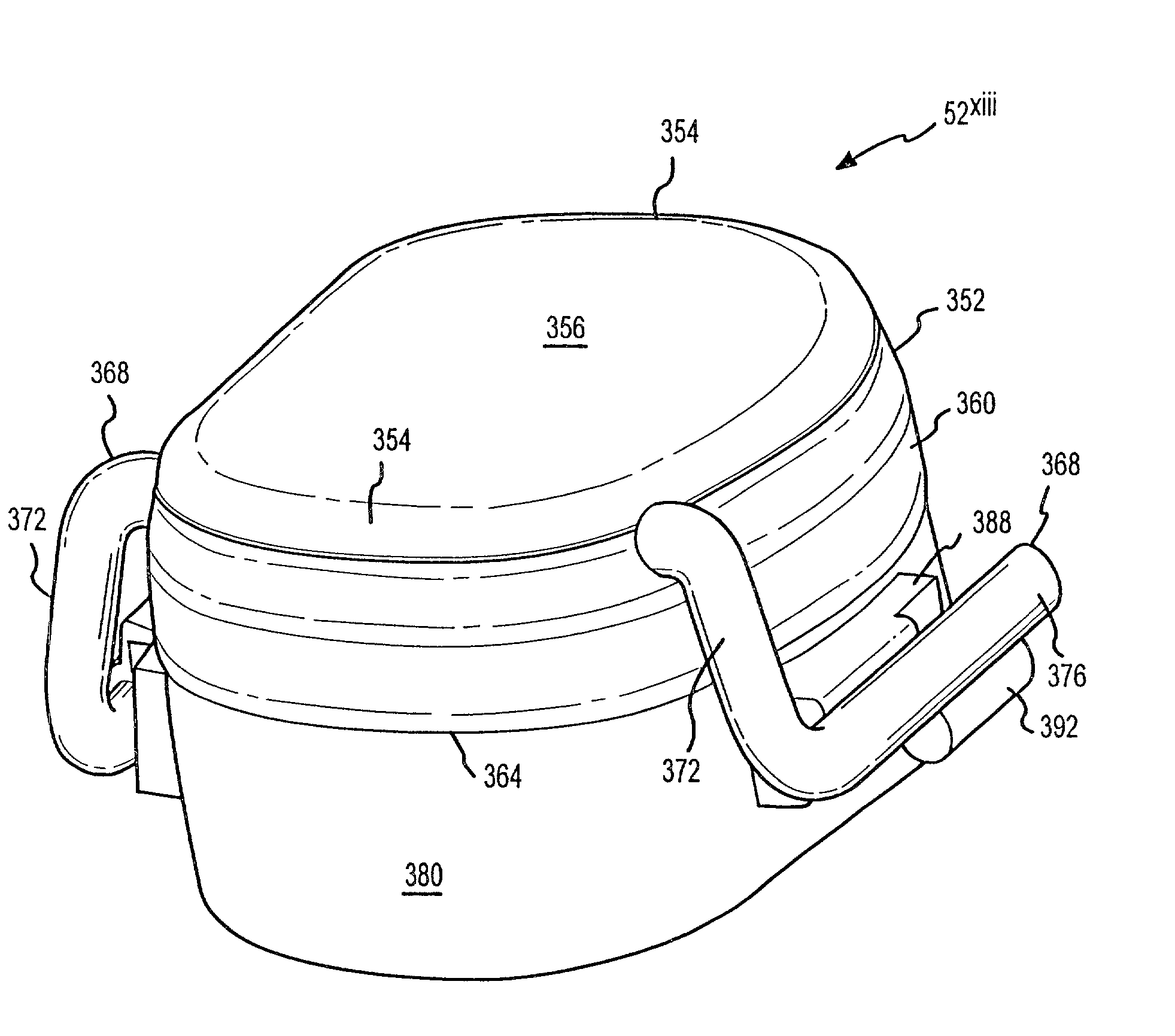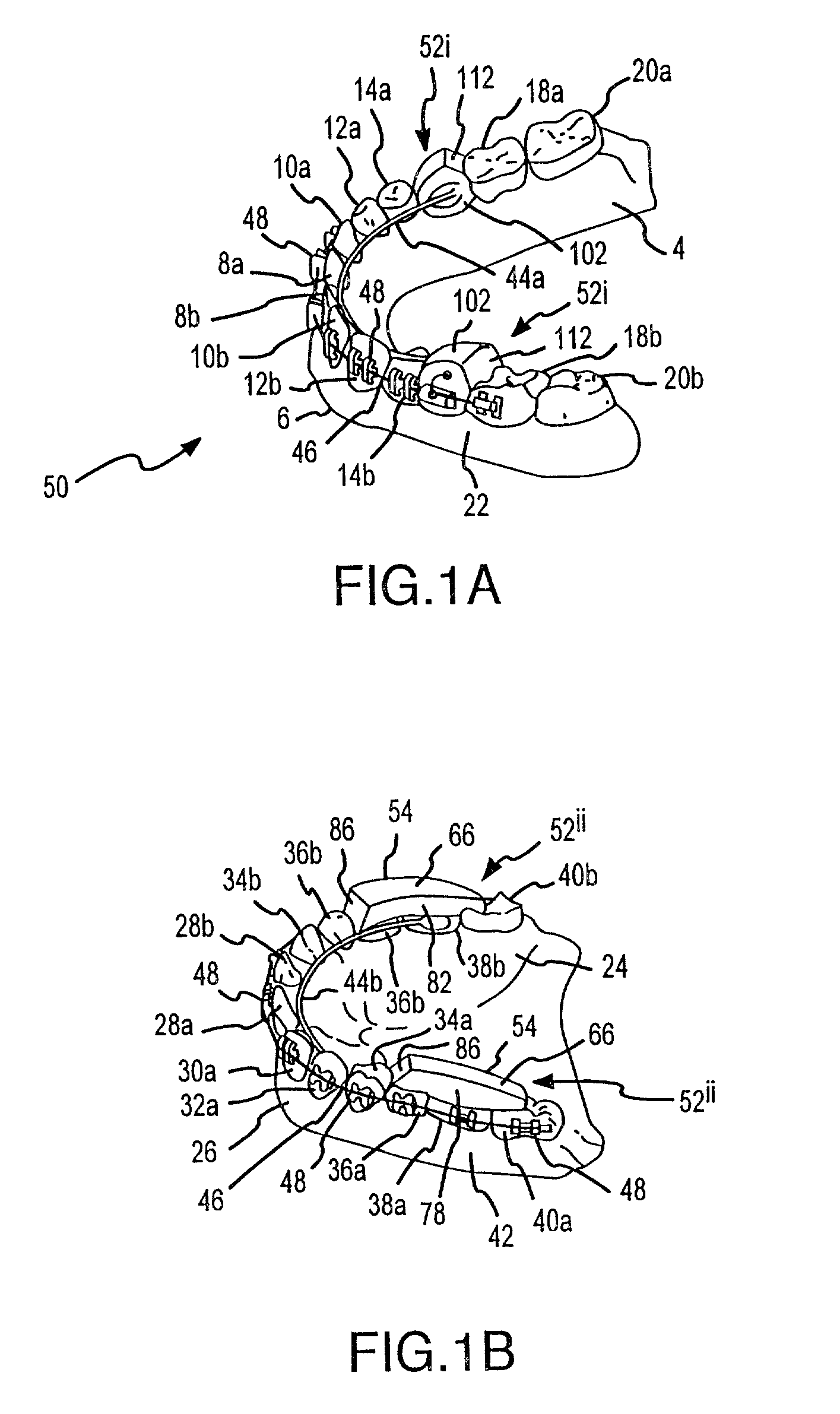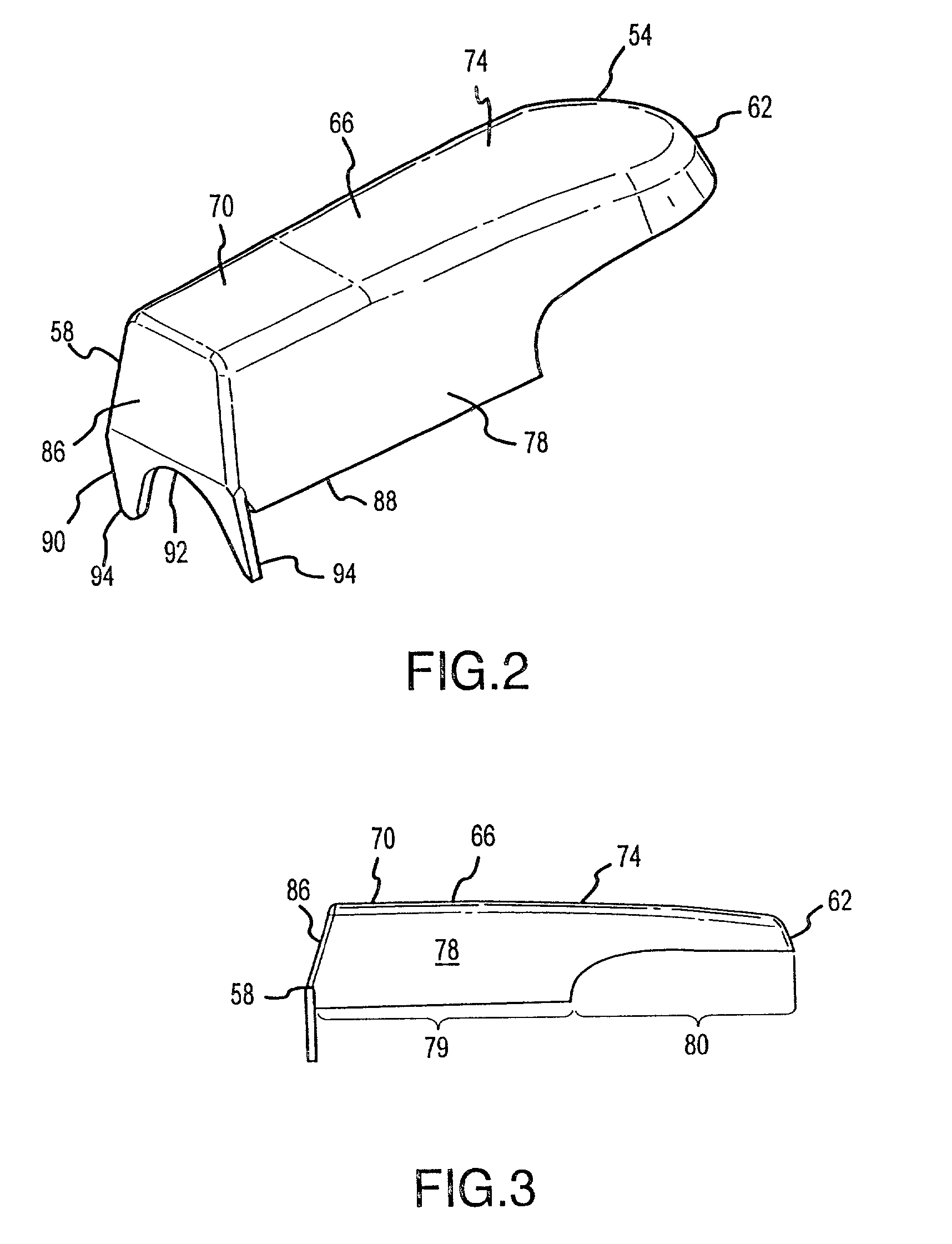Mandibular advancer and method of installing the same
a mandibular advancer and advancer technology, applied in the field of mandibular advancer and method of installation, can solve the problems of affecting the patient's facial appearance and the growth of the nose, and achieve the effect of enhancing occlusal support and enhancing occlusal suppor
- Summary
- Abstract
- Description
- Claims
- Application Information
AI Technical Summary
Benefits of technology
Problems solved by technology
Method used
Image
Examples
Embodiment Construction
[0083]The present invention will now be described in relation to the accompanying drawings which at least assist in illustrating its various pertinent features. FIGS. 1A–B illustrate a mandible 4 and maxilla 24 of a patient. The mandible 4 includes a lower dental arch 6 having two sides—one side using an “a” designation for its corresponding teeth and with the opposite side using a “b” designation for its corresponding teeth. Each side of the lower dental arch 6 includes the following teeth which extend from a lower gingiva 22 of the patient: a lower central 8, a lower lateral 10, a lower cuspid 12, a lower first bicuspid 14, a lower second bicuspid 16, a lower first molar 18, and a lower second molar 20. The maxilla 24 includes an upper dental arch 26 having two sides—one side using an “a” designation for its corresponding teeth and with the opposite side using a “b” designation for its corresponding teeth. Each side of the upper dental arch 26 includes the following teeth which ex...
PUM
 Login to View More
Login to View More Abstract
Description
Claims
Application Information
 Login to View More
Login to View More - R&D
- Intellectual Property
- Life Sciences
- Materials
- Tech Scout
- Unparalleled Data Quality
- Higher Quality Content
- 60% Fewer Hallucinations
Browse by: Latest US Patents, China's latest patents, Technical Efficacy Thesaurus, Application Domain, Technology Topic, Popular Technical Reports.
© 2025 PatSnap. All rights reserved.Legal|Privacy policy|Modern Slavery Act Transparency Statement|Sitemap|About US| Contact US: help@patsnap.com



